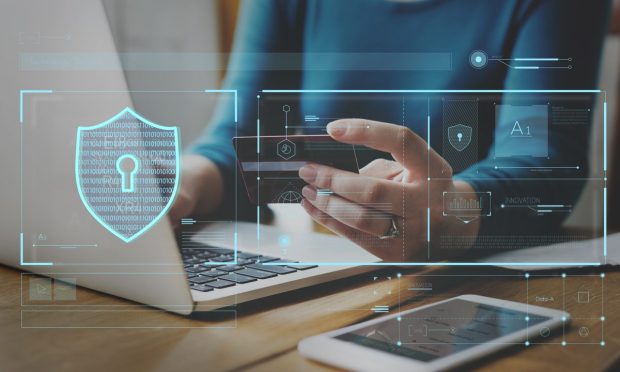How MFA Helps Retailers Fight Fraud

eCommerce fraud is a fast-growing problem, with scammers working every day to steal customers’ data, corporate funds, and consumer goods on a daily basis.
One recent study showed that more than 17% of all eCommerce transactions during the 2021 holiday shopping season were fraudulent, a 25% increase from the rest of the year. This rise represented just a fraction of global fraud trends during the past several years, with the increase in online shopping resulting in more entry points for fraud, including identity fraud.
Among the most effective ways of combating identity fraud is multifactor authentication (MFA), which works by requiring customers to input more than one identifying detail when logging in or making a purchase.
The rule of thumb for effective MFA is to provide verification by “something you know, something you have and something you are. (For example, a password, an SMS code sent to customers, and a biometric identifier.)
Most MFA systems require two of these factors, with studies showing they can prevent more than 99.9% of the attacks that rely on stolen credentials.
There are certain drawbacks to using MFA. Customers want seamless login methods, and MFA asks them to take an extra step that can add friction.
Research has shown that many customers will decline this extra step if given the option, even going with another online retailer if they feel like there’s too much friction at checkout. In addition, customers have expressed data privacy concerns regarding sharing their personal cell phone numbers or tying their data to their smartphones, as the loss of a device then means the loss of the ability to verify one’s identity completely.
But MFAs’ efficacy rates speak for themselves, and the savings that come from preventing data breaches, fraudulent purchases and customer loyalty could more than outweigh customer hesitancy. MFA’s proliferation in other environments, such as workplaces, is drawing in more customers every day, and eTailers could see this hesitancy diminish as MFA becomes more mainstream.
For more about what retailers are doing to combat fraud, download this month’s Alternative Payments Tracker, a collaboration between PYMNTS and Socure.
